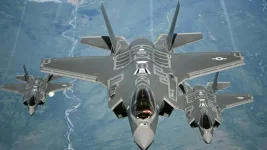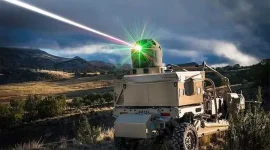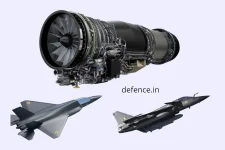- Views: 3K
- Replies: 57

India's Ministry of Defence (MoD) is charting a new course for the Advanced Medium Combat Aircraft (AMCA) project, opting for a dual public-private production model with two development-cum-production partners (DcPPs) - one public (most likely HAL) and one private. This move aims to ensure a competitive and resilient supply chain for India's first fifth-generation stealth fighter jet.
Originally, a Special Purpose Vehicle (SPV) model was proposed, where state-owned Hindustan Aeronautics Limited (HAL) would lead the initial production of the AMCA Mk1, while a private sector entity would take over the subsequent AMCA MkII. However, challenges in investment and supply chain management prompted a shift.
The MoD will now fund both HAL and a soon-to-be-selected private company to develop their respective AMCA prototypes. After rigorous evaluation, the superior design will become the baseline for production, with both companies likely awarded manufacturing contracts, potentially in a 60-40 ratio. This dual-line approach aims to mitigate risks and bolster the supply chain.
The Indian Air Force (IAF) is expected to procure 120 AMCA jets, comprising 40 AMCA MkI and 80 AMCA MkII variants. While this revised model aims to accelerate development, the AMCA project has faced delays, with the prototype's first flight now expected in 2028, instead of the initial 2024-25 timeline. These delays are attributed to challenges in finalizing production partners and ongoing negotiations with General Electric for local manufacturing of the GE F-414 engine, which will power the initial AMCA Mk1 jets.
Former IAF Chief ACM RKS Bhadauria highlighted the difficulties in the earlier SPV model, citing unsuccessful discussions with private entities. The MoD's adoption of the DcPP arrangement aims to overcome these hurdles.
In addition to the revised production model, the AMCA's design has also undergone changes, with its weight increased to 27 tonnes to accommodate a larger payload of conventional weapons in its internal weapons bay.
The success of this dual production line model could set a precedent for future indigenous defence projects, ensuring a robust and competitive domestic defence industry.





